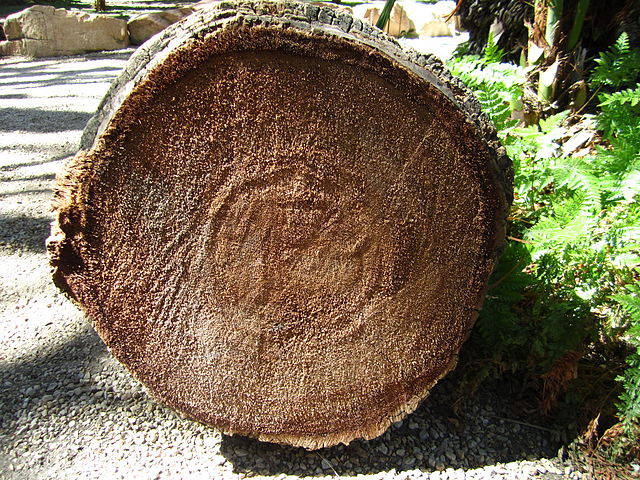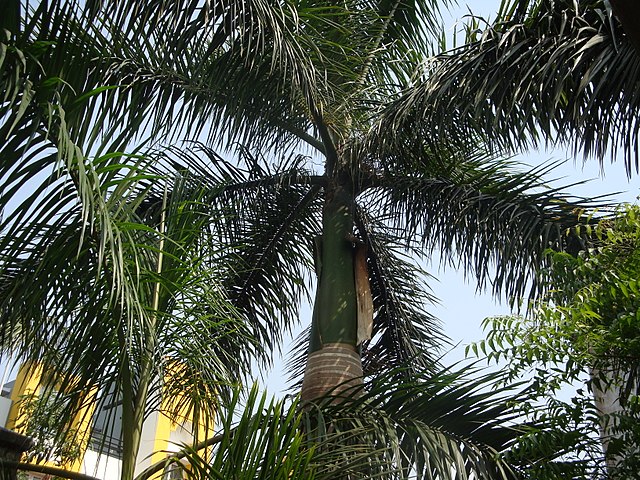Hyphaene thebaica, with common names doum palm and gingerbread tree, is a type of palm tree with edible oval fruit. It is a native to the Arabian Peninsula and also to the northern half and western part of Africa where it is widely distributed and tends to grow in places where groundwater is present.
Hyphaene thebaica
Harvested by-products
Fruits harvested in Indonesia
Image: Hyphaene thebaica MS 6652
The Arecaceae is a family of perennial, flowering plants in the monocot order Arecales. Their growth form can be climbers, shrubs, tree-like and stemless plants, all commonly known as palms. Those having a tree-like form are called palm trees. Currently, 181 genera with around 2,600 species are known, most of which are restricted to tropical and subtropical climates. Most palms are distinguished by their large, compound, evergreen leaves, known as fronds, arranged at the top of an unbranched stem, except for the Hyphaene genus, who has branched palms. However, palms exhibit an enormous diversity in physical characteristics and inhabit nearly every type of habitat within their range, from rainforests to deserts.
Arecaceae
Sawn palm stem: Palms do not form annual tree rings.
This grove of the native species Washingtonia filifera in Palm Canyon, just south of Palm Springs, California, is growing alongside a stream running through the desert.
Two Roystonea regia specimens. The characteristic crownshaft and apex shoot, or 'spear', are visible.








